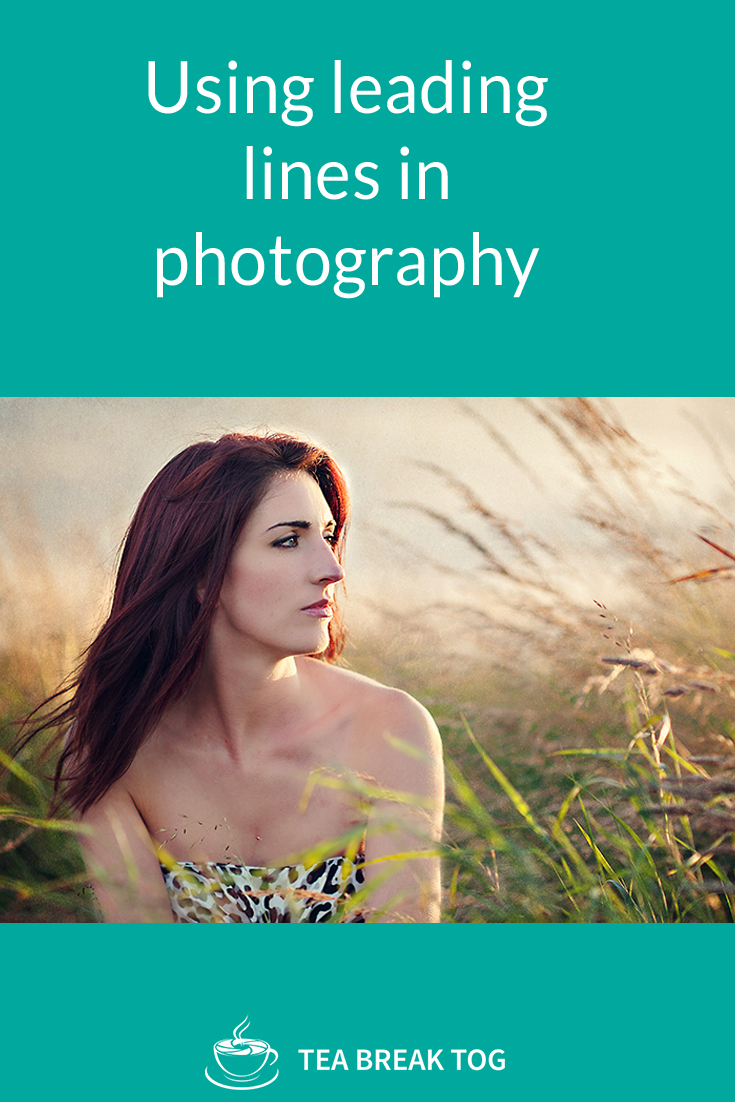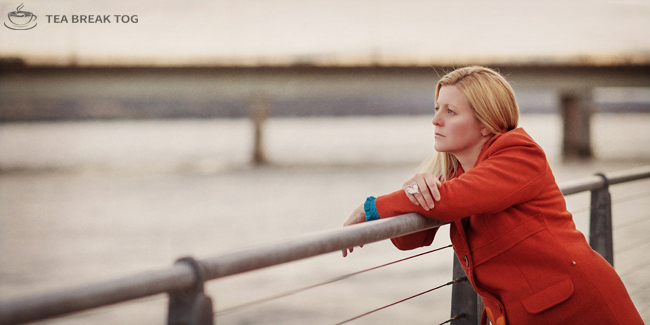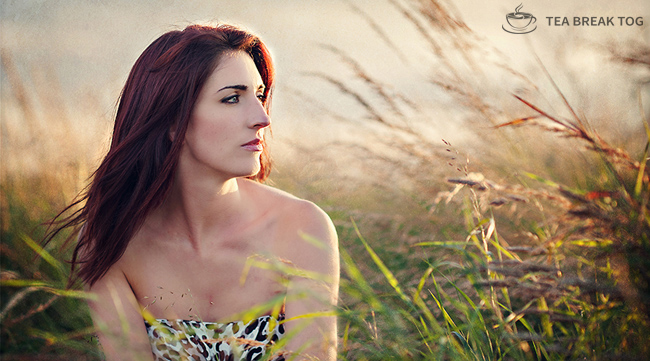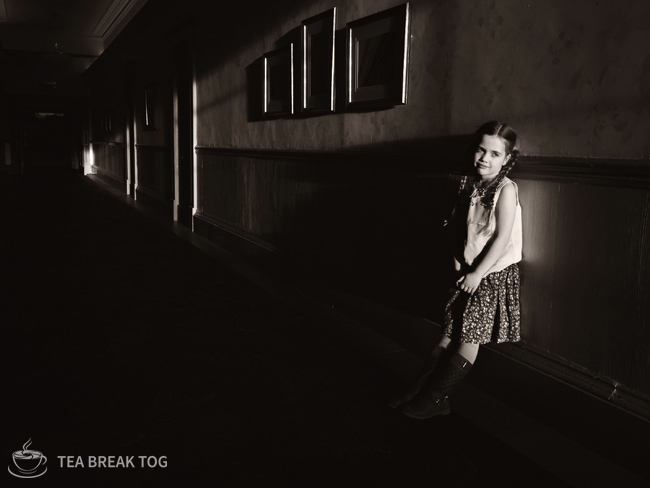Using leading lines in photography
Today is part three of my Composition Series and I am talking about using leading lines in photography. These lines are everywhere if you just open your eyes to them and, used well, they can elevate your image to a new level. But how do you use them well?
As always, this originated as a podcast episode but if you would rather read, we have catered for you too!
Let’s think about what makes you fall in love with an image. Or even just what makes you look at an image for longer than you usually would. For me, that is when I know I have created something worthwhile. If someone looks at my image for a little longer than is normal then I am happy. That certainly doesn’t always mean that they love it – they might be trying to work it out or they might even hate it. But the fact is, they are looking. It has grabbed them in some way.
They are consuming the image rather than just breezing over it. For me that is a win.
But what makes someone stay and look for longer? Of course, the subject matter can play a huge part in this. If the subject itself is extraordinary or the scene captured is unusual then the impact of these alone might be enough to stop the viewer in her tracks and encourage her to examine the photograph more closely. However, more often than not, we are photographing pretty standard subjects and scenes. In these scenarios it is how we photograph these ‘standard’ subjects that makes our viewers decide whether to just glance over or whether to stay and study our creation for a little longer.
I don’t know about you, but I’d rather they did the latter…
We have already discussed the use of the rule of thirds and the golden ratio. We have also delved into the wonders of foreground. Using these well can certainly encourage your viewer to stay around for a while and drink your image in.
I am always encouraging the photographers I teach to think of themselves as storytellers. When you take a snapshot you simply capture what is in front of you with no real artistic intent. Most snapshots don’t require much of the viewer. You can look at any part of it you choose or just take it all in as one and it probably won’t evoke much in the way of reaction or feeling.
As a photographer you don’t want that! Anyone can take a snapshot. You want to take your viewer on a journey. You want to tell them a story.
To tell them that story you must have a beginning, a middle and an end. The only way to do this in photography is through clever composition.
If you compose your image with some thought and consideration, you are effectively showing your viewer around your scene. They will begin at the place where you wanted them to start and they will travel through, looking at everything you intended for them to see before finally leaving the image at the point where you meant them to finish up. If you manage that – you are certainly onto something!
Using leading lines is a fabulous way of doing this. A leading line in a photograph directs your attention to the subject or to the heart of a scene or even sometimes towards infinity (when you can’t actually see the end of the line). Generally it will start at, or near, the bottom of the frame and it leads your eye to where it matters. Leading lines can be straight, wavy or jagged and they don’t have to be singular. They can be several lines working together.
And let me tell you something, once you open your eyes and your mind to leading lines you will see them EVERYWHERE YOU GO!
Paths, roads, bridges and staircases
These are the most obvious leading lines, but just because they are obvious it doesn’t make them less effective. I use them all the time. These are lines you actually use to travel in real life. They go somewhere so your eyes can’t help but follow them. Often you can’t actually see where they end in a photograph meaning you can really get lost in an image that uses them well. These leading lines can be the main element of the scene or they can be used as a setting for your main subject.
Railings, walls and fences
These are everywhere – so use them! You can ask your subject to lean against them whilst you shoot along or you can use them to lead up to a stationary subject in the distance. Often it is not just the wall or fence itself that is leading, the elements that make it up can also ‘lead’. For example, brickwork or stonework lines or wooden slats can all lead to the heart of your scene too.
Long grass, trees, foliage
Not so obvious perhaps but super-effective. Long grass blowing in the wind can make gorgeous leading lines full of texture. Rows of trees or foliage can also work to bring the eye inwards. You might have to look a little harder for these but when you start seeing them you won’t be able to stop.
Rows
Rows of anything. Buildings, flowers, crops, gravestones, street lights, pillars, cars, bicycles, condiments, crockery, boats, bottles, books, candles, street wares, people, hay bales, chairs. You could make an interesting photograph from almost any row. Look for them and try to photograph them in as many different ways as possible.
Light
Light creates leading lines too and the magical thing about leading lines made from light is that they appear, disappear and change before your very eyes. Long shadows cast across the ground, light trails from car headlights and rays of sun shining into a room can lead the eye in the same way as more ‘physical’ lines can.
Sky and Water
Clouds often end up in formations that make fantastic leading lines and, used well, can lead the viewer’s eye towards infinity or towards a spectacular sunset, cityscape or landscape. Equally, a beautiful shoreline or dramatic waves in the ocean can’t help but invite the eye to follow. Make sure that it is worth the journey!
https://www.flickr.com/photos/amazingsky/19199122758
https://500px.com/photo/4274440/incoming-tide-by-peter-bolman
This is just the tip of the iceberg. Almost anything can become a leading line given the right perspective and some creativity.
Open your eyes to these opportunities. Make it your goal to find as many leading lines in one day as you possibly can. Activities like this truly help you to hone your creative eye.
Do you have any ‘leading lines’ you can add to the list? Let me know in the comments.
Don’t forget to sign up for my FREE live webinar. It is happening on Tuesday 8th March at 8pm. I will be talking you through the three completely different ways you can use the light from just one window in your natural light people photography.
This has passed now but you CAN watch the recording right here.
The post Using leading lines in photography – Composition Series – Ep. 38 appeared first on Tea Break Tog.
From The Podcast
Tea Break Tog Photography Podcast
Do you want to improve your photography but are turned off by all the jargon, tech and science? Do you struggle to find the time to develop your skills?My name is Julie Christie and I host the Tea Break Tog photography podcast. My show aims to deliver straight-forward photography lessons, tips and chat to you every week. Episodes are short and focused meaning this is learning that will fit easily around your busy schedule. Let me help you to take control of that camera and capture stunning images!For more information visit www.teabreaktog.com. To get in touch simply click the contact tab on the website or tweet me @TeaBreakTog!Join Podchaser to...
- Rate podcasts and episodes
- Follow podcasts and creators
- Create podcast and episode lists
- & much more
Episode Tags
Claim and edit this page to your liking.
Unlock more with Podchaser Pro
- Audience Insights
- Contact Information
- Demographics
- Charts
- Sponsor History
- and More!

- Account
- Register
- Log In
- Find Friends
- Resources
- Help Center
- Blog
- API
Podchaser is the ultimate destination for podcast data, search, and discovery. Learn More
- © 2024 Podchaser, Inc.
- Privacy Policy
- Terms of Service
- Contact Us










